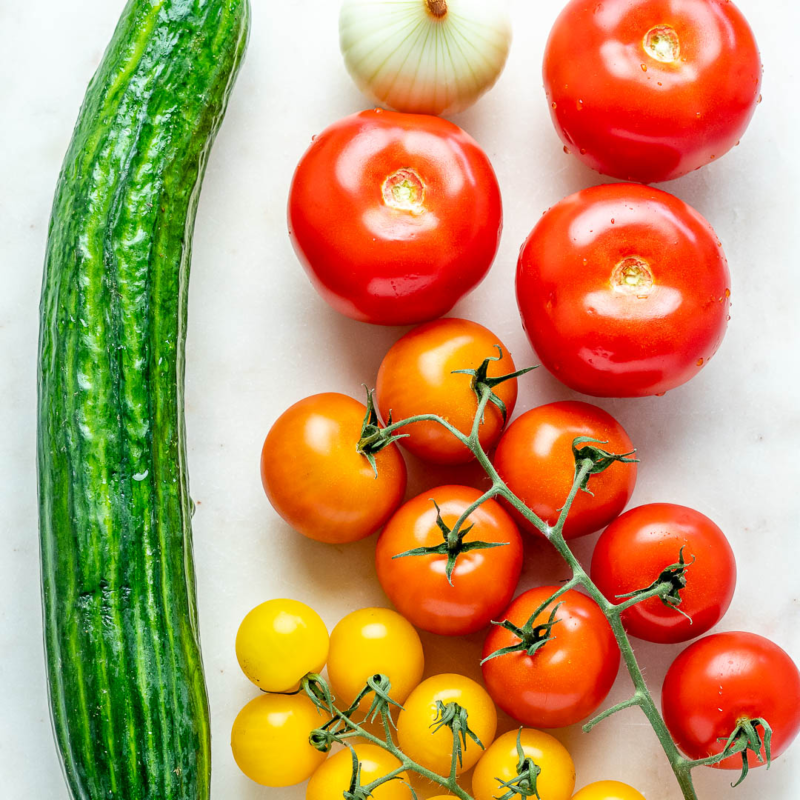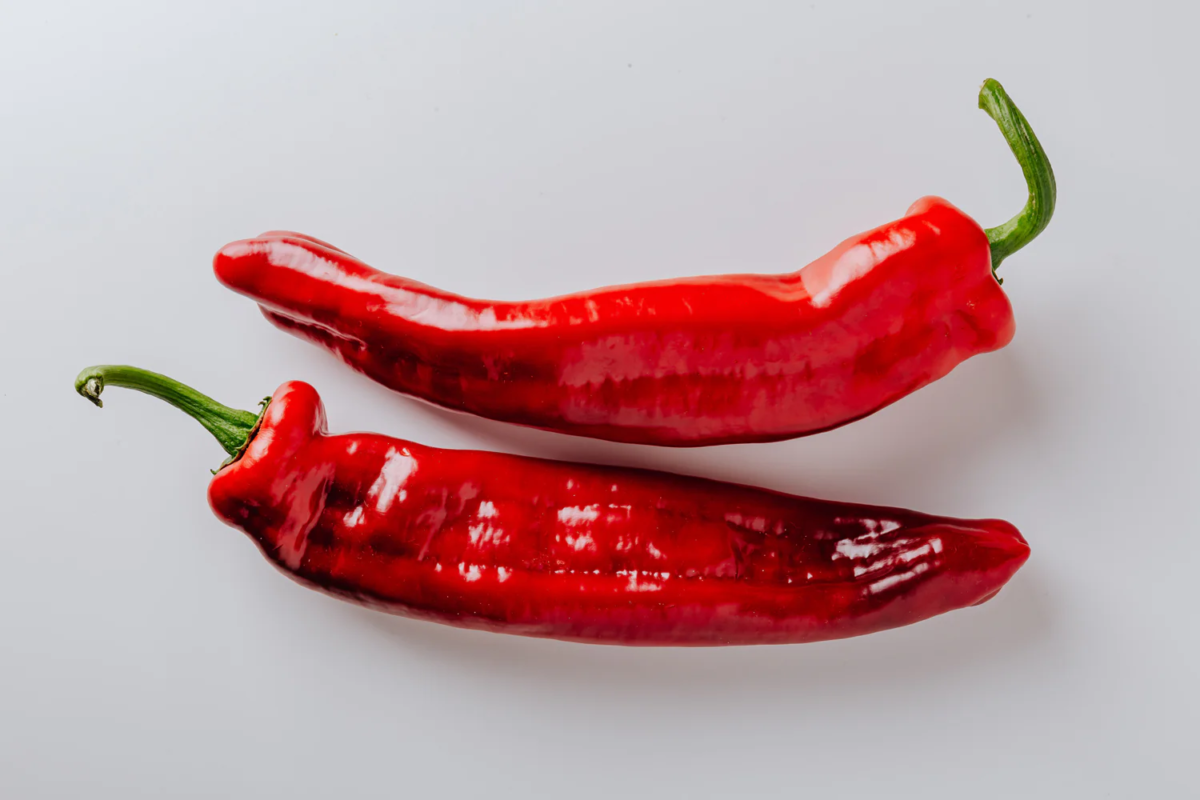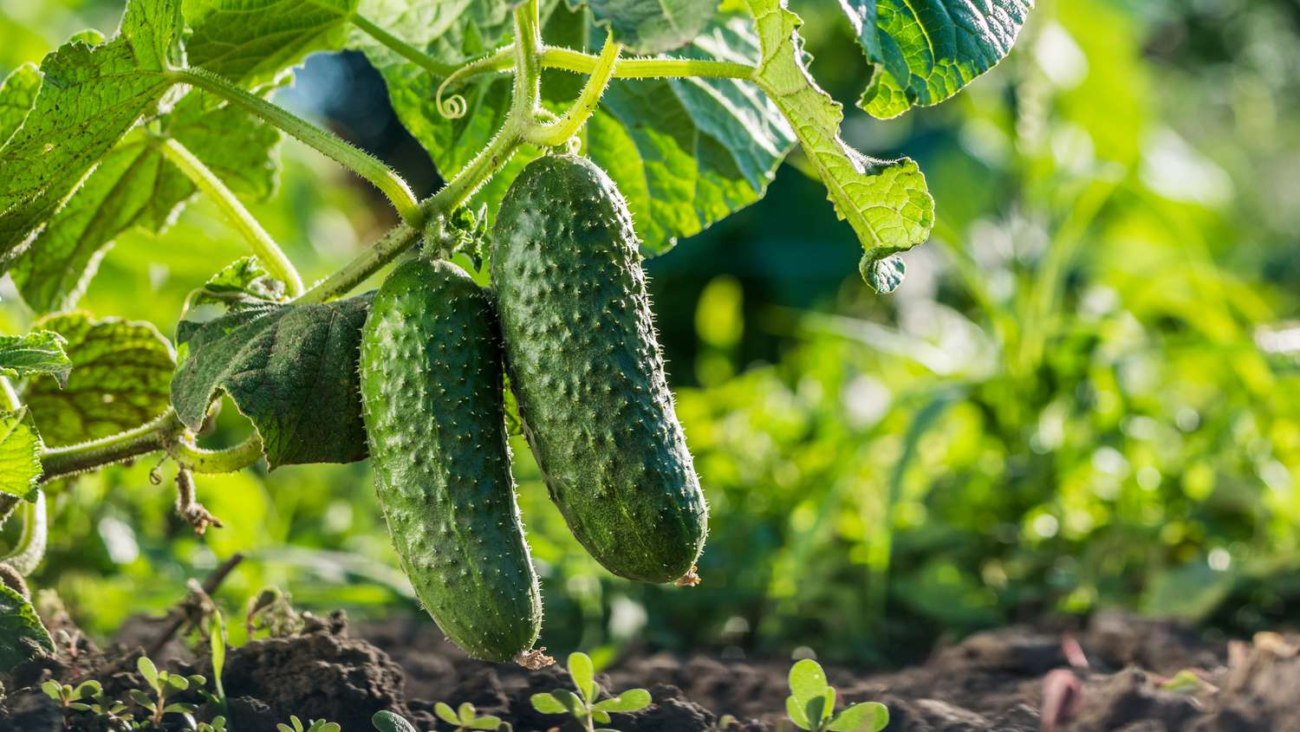Vegetable Gardening 101: Which Vegetables Should Never Be Planted Together?
Spring is the perfect time to start your vegetable garden, but before you grab your seeds and dig in, there’s an important gardening lesson to learn: some vegetables just don’t make good neighbors. Planting the wrong combinations can lead to stunted growth, lower yields, and even disease outbreaks. Don’t worry, though—this guide will help you avoid these pitfalls and set your garden up for success.
Let’s look at some “vegetable enemies” and why they shouldn’t share the same soil.
Tomatoes and Cucumbers
While tomatoes and cucumbers are staples in many gardens, they are not friends when it comes to growing side by side. These two plants release substances into the soil that can interfere with each other’s growth. Over time, this chemical competition can lead to stunted development, deformed flowers, and fruits that don’t ripen properly. Even worse, it can cause the plants to age prematurely, drastically reducing your harvest.
To keep your tomato and cucumber plants happy and healthy, give them plenty of space in separate areas of your garden.

Chili Peppers and Green Beans
Chili peppers bring heat to your recipes, but planting them near green beans can turn up the heat in all the wrong ways. Green beans can make chili peppers more susceptible to anthracnose, a fungal disease that creates dark, sunken spots on the peppers. Unfortunately, anthracnose doesn’t stop there—it can spread to the beans as well, causing spotted rot that significantly reduces your yield from both crops.
For the best results, keep these two apart and ensure proper air circulation around your plants to minimize the risk of fungal diseases.


Green Beans and Tomatoes
Green beans and tomatoes may seem like a harmless combination, but they’re actually in competition for nutrients. Tomatoes are heavy feeders, requiring lots of nitrogen, potassium, and phosphorus to grow their juicy fruits. Green beans, on the other hand, fix nitrogen in the soil and have a different nutrient profile. When planted together, these conflicting needs can stress both plants, leading to poor growth and disappointing harvests.
To avoid this nutrient tug-of-war, consider planting green beans near plants that benefit from their nitrogen-fixing properties, such as leafy greens.


Cucumbers and Pumpkins
Cucumbers and pumpkins both belong to the cucurbit family, but that doesn’t mean they’re compatible. When planted together, they compete for pollinators, which can disrupt flowering and result in fewer fruits for both crops. Additionally, these plants are prone to similar diseases, like downy mildew and powdery mildew, which can spread rapidly when they’re grown side by side.
For a healthier garden, separate cucumbers and pumpkins and rotate their planting locations each year to prevent disease buildup in the soil.


The Key to a Thriving Garden: Thoughtful Planning
Gardening success often comes down to careful planning. By avoiding these incompatible pairings, you’ll reduce the risk of competition, disease, and nutrient deficiencies, giving your vegetables the best chance to thrive.
Pro Tip: Bookmark This Guide
With so much to remember, it’s easy to mix things up. Save this guide for quick reference, and share it with your gardening friends. A little planning goes a long way in ensuring a bountiful harvest!
Shop GrowEatz for Your Gardening Essentials
Explore our collection of grow bags, Plant Support Clips, and Plant Covers to cultivate your dream garden with ease.
GrowEatz: Cultivating Gardens, One Tip at a Time.





